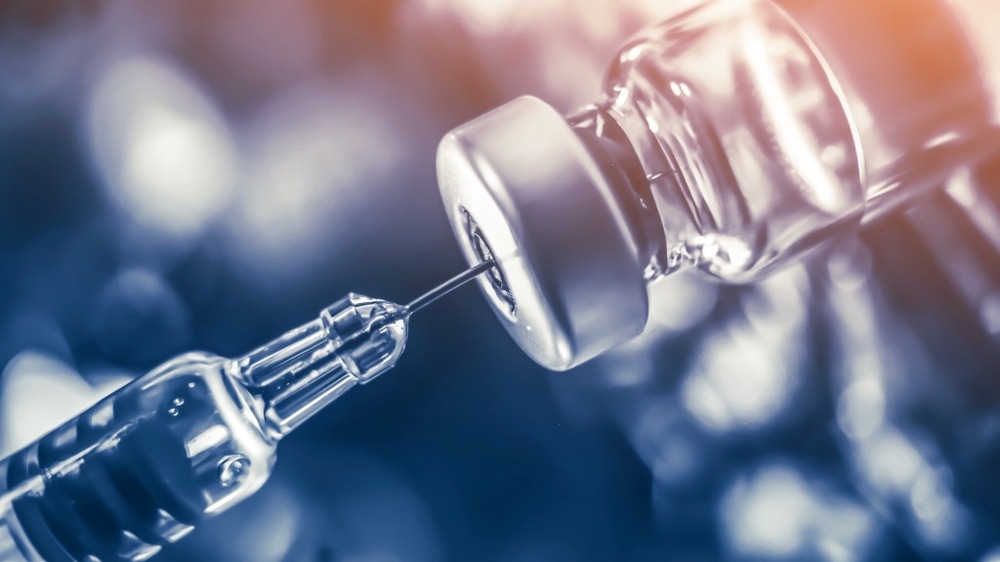Reviewed by Danielle Ellis, B.Sc.Jan 29 2024
For the first time, a valuable chemical extracted from the soapbark tree and utilized as a major component in vaccinations has been duplicated in a different plant host, providing the vaccine industry with hitherto unheard-of potential.

Image Credit: Numstocker/Shuterstock.com
Using the recently available genome sequence of the Chilean soapbark tree (Quillaja saponaria), a research team led by the John Innes Center was able to locate and map the elusive genes and enzymes in the intricate series of events required to generate the chemical QS-21.
The researchers recreated the chemical route in a tobacco plant using transient expression techniques pioneered at the John Innes Center, demonstrating for the first time “free-from-tree” production of this highly valued molecule.
Our study opens unprecedented opportunities for bioengineering vaccine adjuvants. We can now investigate and improve these compounds to promote the human immune response to vaccines and produce QS-21 in a way which does not depend on extraction from the soapbark tree.”
Anne Osbourn FRS, Professor and Group leader, John Innes Center
Adjuvants for vaccinations are immunostimulants that initiate the body’s immune reaction to the vaccine. They are an essential component of human vaccines being developed against shingles, malaria, and other illnesses.
Strong adjuvant QS-21 is made entirely from the soapbark tree’s bark, which raises questions regarding the sustainability of the product’s supply chain in terms of the environment.
Researchers and industry partners have been searching for ways to manufacture the chemical in other expression systems, such as yeast or tobacco plants, for a long time. However, this has not happened yet due to the molecule’s intricate structure and the ignorance of its biological processes within the tree.
Previous studies conducted by members of Professor Osbourn’s group have put together the initial segment of the pathway that forms the scaffold structure for QS-21. The longer complete pathway, the acyl chain, which is an essential component of the molecule that activates immune cells, has yet to be found.
In a recent study published in Nature Chemical Biology, scientists at the John Innes Center identified over 70 putative genes in tobacco plants using a variety of gene-finding techniques.
The last 20 genes and enzymes that make up the QS-21 pathway were found using gene expression patterns and product analysis, assisted by mass spectrometry, Metabolomic, and Nuclear Magnetic Resonance (NMR) platforms at the John Innes Center.
This is the first time QS-21 has been produced in a heterologous expression system. This means we can better understand how this molecule works and how we might address issues of scale and toxicity.”
Dr Laetitia Martin, John Innes Center
Martin continued, “What is so rewarding is that this molecule is used in vaccines and by being able to make it more sustainably my project has an impact on people’s lives. It is amazing to think that something so scientifically rewarding can bring such good to society.”
Dr Laetitia Martin, from John Innes Center added, “On a personal level this research was scientifically extremely rewarding. I am not a chemist so I could not have done this without the support of the John Innes Center metabolomics platform and chemistry platform.”
The group has teamed up with Plant Bioscience Limited PBL (Plant Bioscience Limited) Norwich Limited, who are in charge of this project’s commercialization.
In Nature Chemical Biology, the whole biosynthesis of the powerful adjuvant vaccination QS-21 is presented.
Vaccine Adjuvants – The Hidden Helpers in Vaccines
Immunostimulatory compounds known as vaccine adjuvants are added to certain vaccinations to stimulate the immune response by generating potent antibodies and/or T-cell activity.
Up until recently, the only adjuvants used in clinical settings were oil in water emulsions containing the chemical molecule squalene, which is derived from shark liver, or aluminum salts.
For many years, saponins have been utilized in veterinary medicine as natural surfactants. But because of their poor tolerability, these adjuvants have not proved suitable for use in humans. Human use of a vaccination with an adjuvant based on saponins has been approved.
The Novavax COVID 19 vaccine has a complex mixture of saponins called Matrix-M adjuvant, which includes QS-21 and QS-7. The approval of this vaccine in many nations is generating interest in adjuvants based on saponins and alternative production techniques.
Researchers will be able to create custom saponin-based adjuvants with a wide range of immune-stimulating qualities if they know the biosynthesis mechanism.
Source:
Journal reference:
Martin, L. B. B., et.al., (2024). Complete biosynthesis of the potent vaccine adjuvant QS-21. Nature Chemical Biology. doi.org/10.1038/s41589-023-01538-5